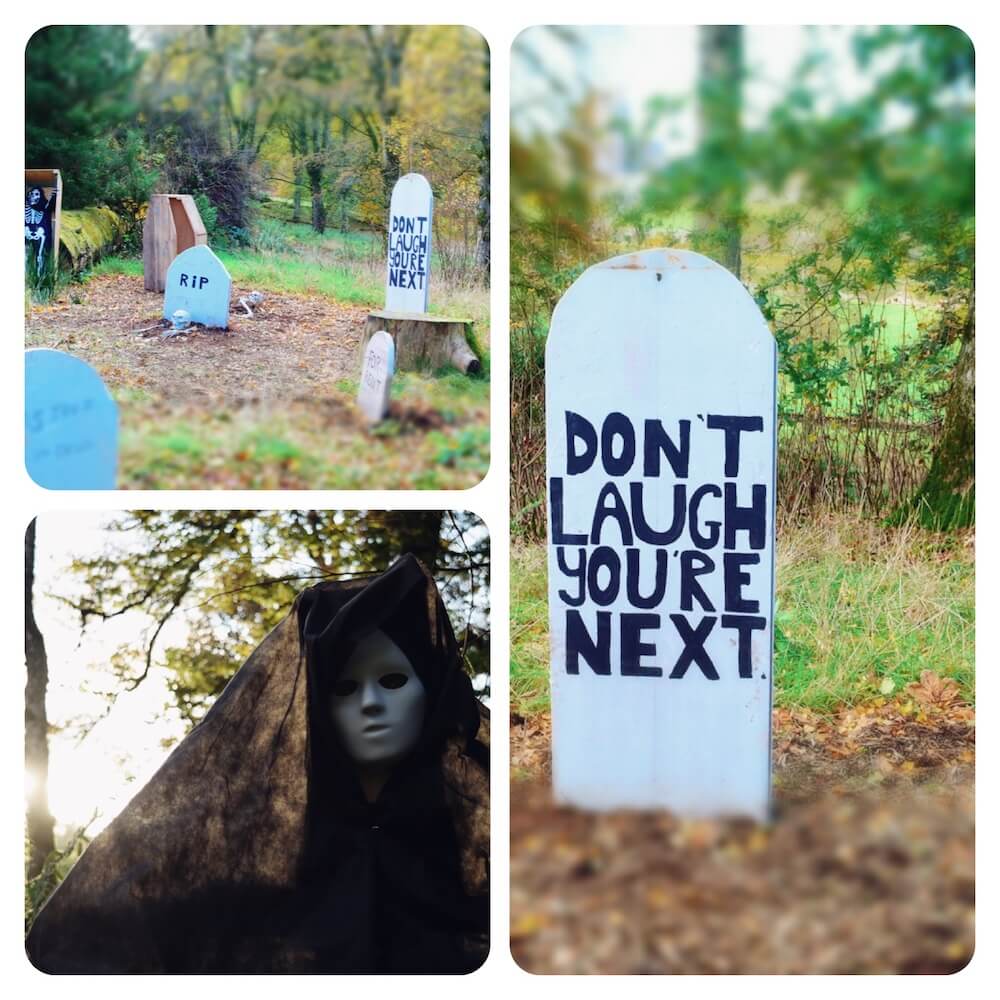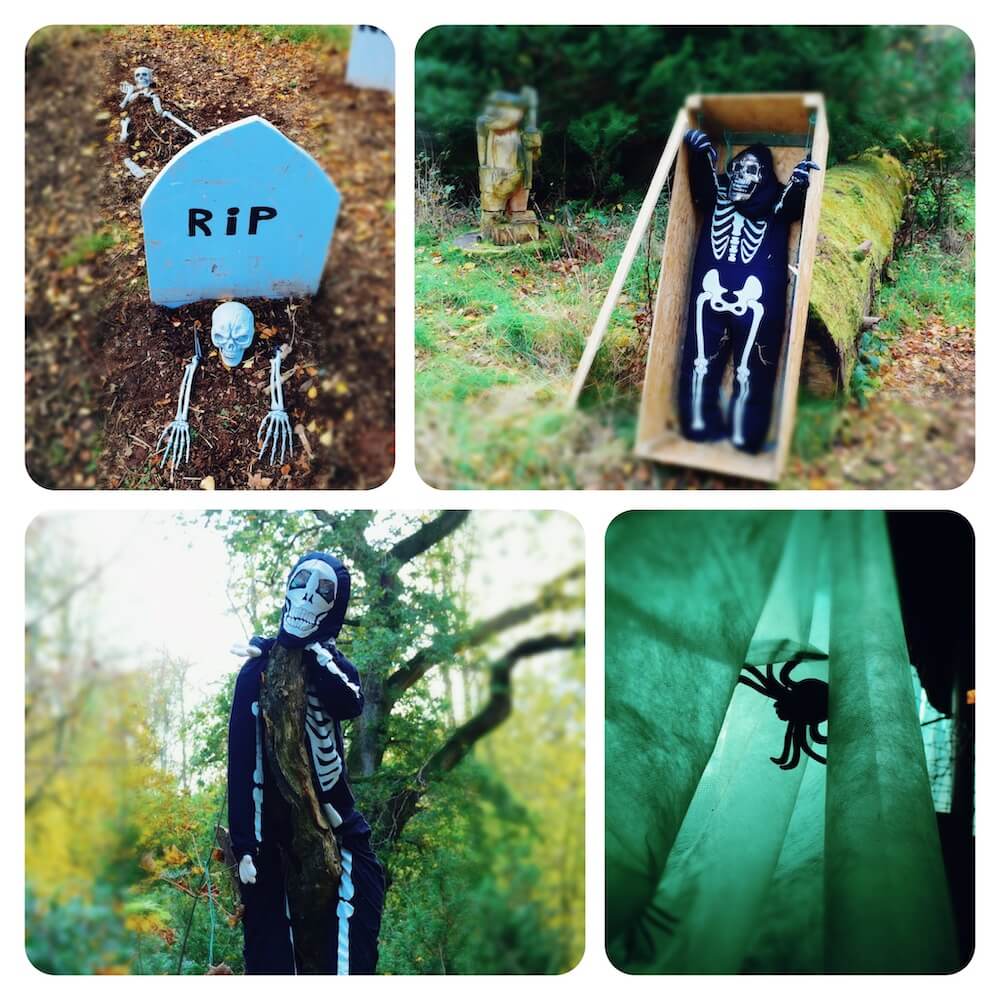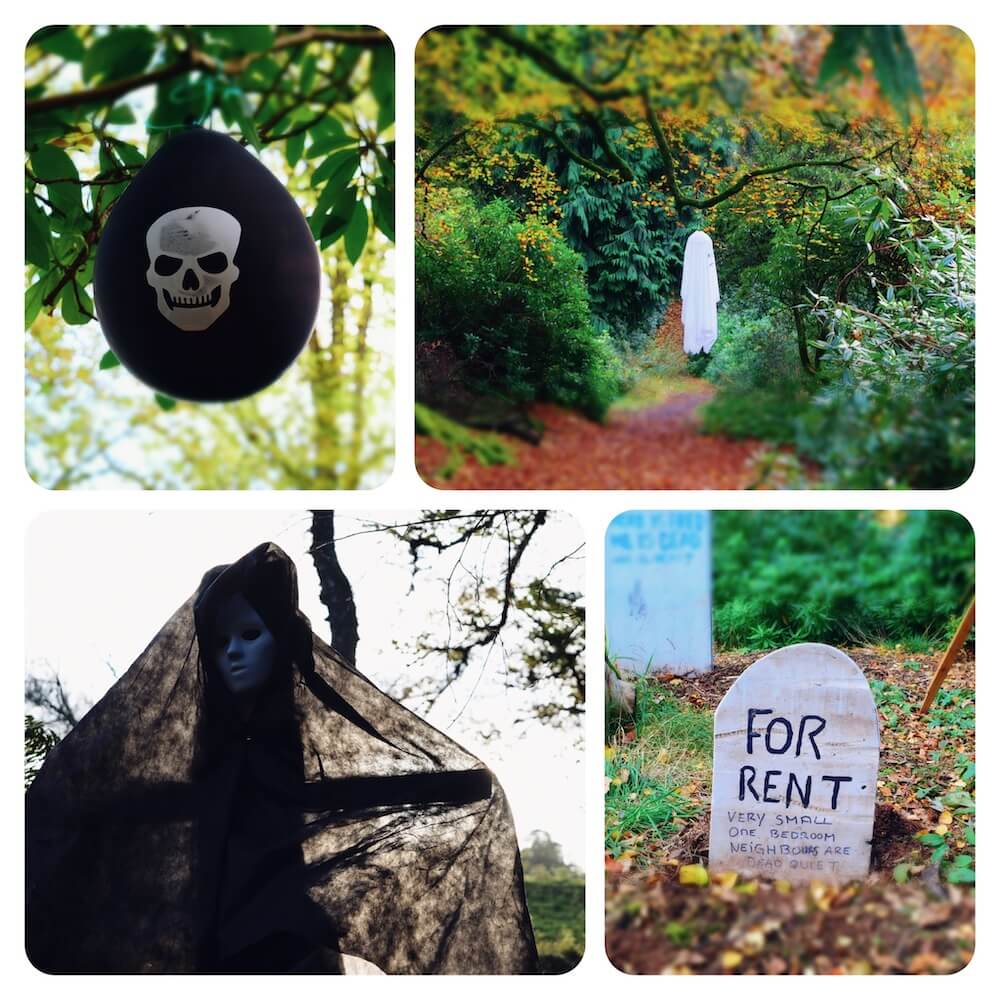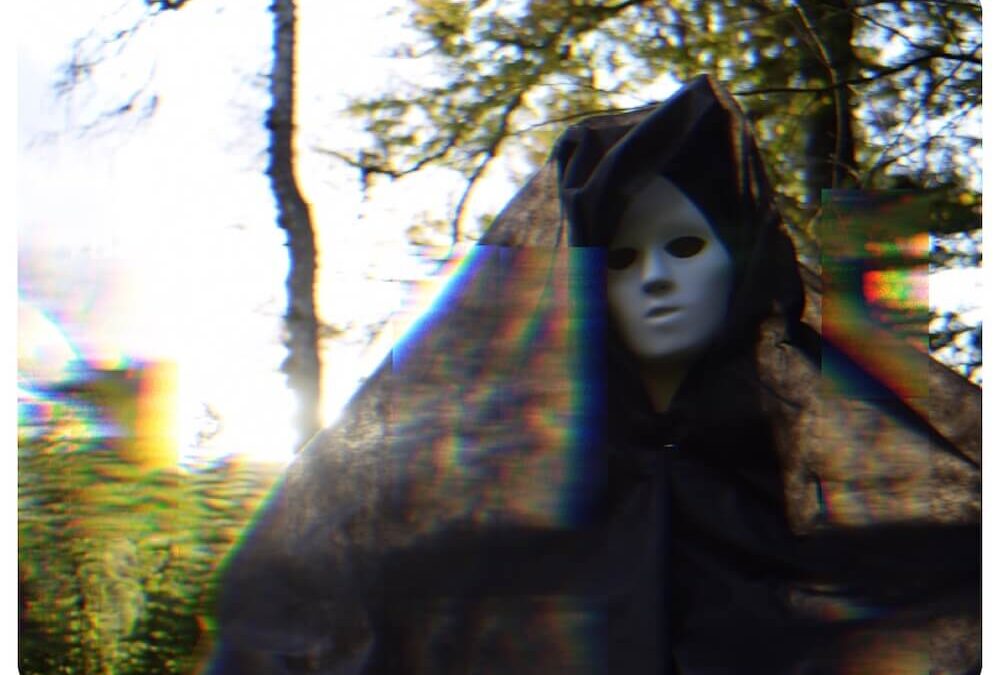At Odds with Mainstream Scottish Culture
Happy Halloween! Or is it?
This language school blog is a thought piece exploring what are we actually celebrating.
Read on for an overview of Halloween celebrations in Scotland: their origins and the ways they are changing.
In English class, we use the content of this text to revise the Past Tense, Present Tenses and Present Perfect.
It is published here for you to do this too!
An Independent Alternative to Corporate Language School
As usual, our language school shares English learning through Scottish culture, but we don’t just give you the pretty, tourist stuff
By sharing contemporary Scottish culture with a critical lens we give you lots of English conversation topics for your own English practice.
Remember: Blue Noun are an alternative to traditional English language schools, lessons and worksheets.
We get you inside Scottish culture – and get you talking!
See for Yourself, When You Learn English in Perthshire!
English Practice Text
Halloween
A Serious Look at Halloween
I quite often find myself at odds with my own culture and get accused of taking things too seriously. (Like when there’s a comedy show with people falling over (I wince while most others laugh).
“Halloween is one of those occasions in which I feel myself outside of mainstream Scottish culture – and not admiring what I see.”
Ruth, 2019


The Erosion of Scottish Tradition by American Ones
In Scotland, traditionally we go ‘guising’ instead of ‘trick or treating’ and there’s an important difference: To guise, you first learn a poem or a joke in order to have something to offer in exchange for your goodies: Trick or Treating demands a reward – or else.
However cute our wee devils are looking, this practice is essentially teaching blackmail.
While the Scottish tradition brings communities together, its modern counterpart can alienate lonely or vulnerable people.
About The Pumpkin Invasion
“Most cattle had to be slaughtered at the beginning of Winter, and those that were kept only barely made it through until the new feed grew in late spring. So weak were they that that had to be carried out to pasture”.


Talking of Bins… Single-Use Plastic, Anyone?
Halloween is commercially bigger than ever before, with shops selling plastic pumpkins, glow-in-the-dark masks, laughing gravestones, bendy skeletons etc.
Most of this gets made from single-use plastic. Few people have a Halloween box in the attic beside the Christmas box. Halloween decorations are manufactured to spend one week in a garden and 500 years decomposing in a landfill (the next 10 generations of your family) decomposing in a landfill.


Celebrating the Torture of Women?
An estimated 4,000 to 6,000 Scottish women were tried for witchcraft between 1563 (the passing of the Witchcraft Act) and 1597 (the date of The Great Scottish Witch Hunt), with at least 1,500 executed.
Witch Trials, Witch Hunts and executions continued for a further two centuries (until the British Parliament finally repealed the Act in 1736).
Although Witch Trials happened across much of Europe, Scotland suffered an extremely high number for such a small nation (with less than a quarter of England’s population at this time, Scotland had three times the number of trials).
Not coincidentally, accused women were often landowners, with the accusation of being a witch used a legal way to free up her land.
Learn English with Scottish Culture | It’s Time to Remember!
The history of Witch Trials in Scotland is the story of our women: the stigmatisation of female powers being perceived as evil-female and needing repressed – and is still to this day characterised by revulsion and distaste of women ageing.
Still widespread across large parts of Europe, the traditional cures of herbal medicine have all but died out within contemporary British culture.
Herbal medicine is niche not mainstream, but at what detriment to our nation’s health?
A Call for Not Trivialising The Witch Trials
While a national day of remembrance for the Witch Trials is a long way off, there are growing calls for a national monument in Scotland.
Public Memorial Fife
Some local authorities are making headway, including a proposal in Fife to rebuild a lighthouse as a national memorial to victims of the Scottish witch trials – and commemorative plaques placed along the Fife Coastal Walk.
Read more about it here.
If you were at our language school, we could discuss what an appropriate memorial may look like – there’s really all kinds of discussions to be had when you learn English with Scottish Culture.

“Mostly – but not exclusively – older women were accused of witchcraft or of talking to the devil and were strangled and then burned. The charges against them include healing the sick (the accusers assuming if a person could heal she could also harm).
Not coincidentally, accused women were often landowners, with the accusation of being a witch used a legal way to free up her land.”
An Alternative Halloween
Let’s take a quick look at alternative ways to enjoy Halloween.
You could turn towards your community or history.
A Polish student told me today that her Halloween tradition used to be visiting the graves of ancestors (which must be just one more hard aspect of leaving her homeland).
Reach out to help people feel welcome in their new communities.
Participate in public Halloween events, share resources, and keep the plastic to a minimum.
FOr example, as well as a party in Crieff town square, this year, local Drummond Gardens (a courtly, 17th-century Scottish Renaissance garden) put on a fabulous fundraising spooky show with creepy games and sights*
Local care homes also often invite children to guise to adults in their care: a pleasure for everyone involved.
Buy second-hand clothes to turn into costumes, or, if you don’t have the imagination (or time), simply buy your costumes second-hand.

Learn English with Scottish Culture
As you can see, there’s lots to talk about when you learn English with Scottish culture.
If you are using this text as part of an English conversation class, here are three practice questions.
- What are some differences between traditional Scottish Halloween customs and your own?
- How is witchcraft seen in your country?
- What do members of your family like about Halloween?
Thank You Drummond Castle Gardens!
*All the images on this page were taken at our local Drummond Castle Gardens Halloween celebrations: they put on quite an event!
All photo credits: Blue Noun
Further Information
Find out how our Language School Helped our Community Celebrate Halloween During Covid.
Want to know more about Scottish cultural celebrations? You might like to read: Learn English with Scottish History | Saint Andrew’s Day
Or try Why Choose a Non-Corporate Language School?

